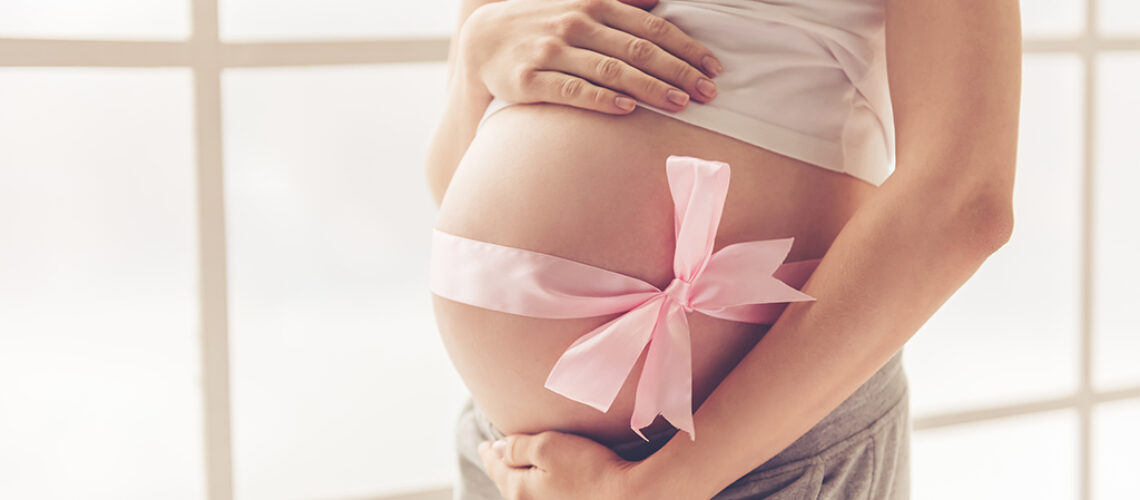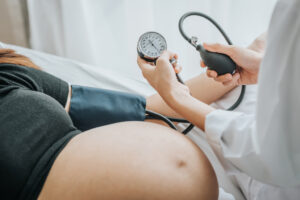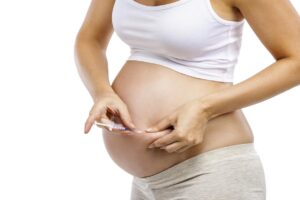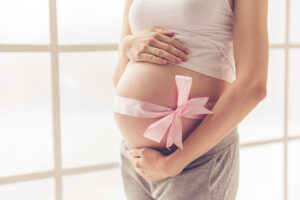One in three women have their baby born by caesarean section. If you had a caesarean section for your first delivery you are then faced with a decision in your next pregnancy: have an elective caesarean section or a vaginal delivery.
So what do you need to know to make the right decision for you and your baby?
At your first antenatal visit your doctor will let you know if it is possible for you to consider a vaginal delivery after a caesarean section. For most women that have had one uncomplicated lower segment caesarean section it is possible. The success rate of vaginal delivery after caesarean section is 75%. However, for women that have had a vaginal delivery prior to a caesarean section the success rate is even higher, approaching 90%. Other positive predictors of success are a non-recurring reason for the first caesarean section such as breech position. Labour is also more likely to result in a vaginal delivery if it is spontaneous rather than induced.
So what are the advantages?
Well on a practical level you will be up and about quicker, out of hospital quicker, you can drive and resume normal physical activity quicker than if you have a caesarean section. The majority of women I have met who have had both a vaginal delivery and a caesarean section would choose a vaginal delivery. Remember that there are also implications for future pregnancies. If you have 2 caesarean sections then all future babies will be born by caesarean section. The more caesarean sections you have the higher the risk of complications including bladder and bowel injury, bleeding and blood transfusion. In some women multiple caesarean section can be associated with an abnormal placenta and need for hysterectomy.
What are the disadvantages?
There is a small risk of the scar on your womb tearing. This happens in 1 in 200 women and 1 in 100 if labour is induced when you have had one previous caesarean section. However, you and your baby are monitored closely for this in labour. If you require an emergency caesarean section there is a higher chance of infection and bleeding requiring blood transfusion.
If you choose a vaginal delivery after caesarean section you need to wait for labour to start and this may mean waiting until 41 weeks gestation.






